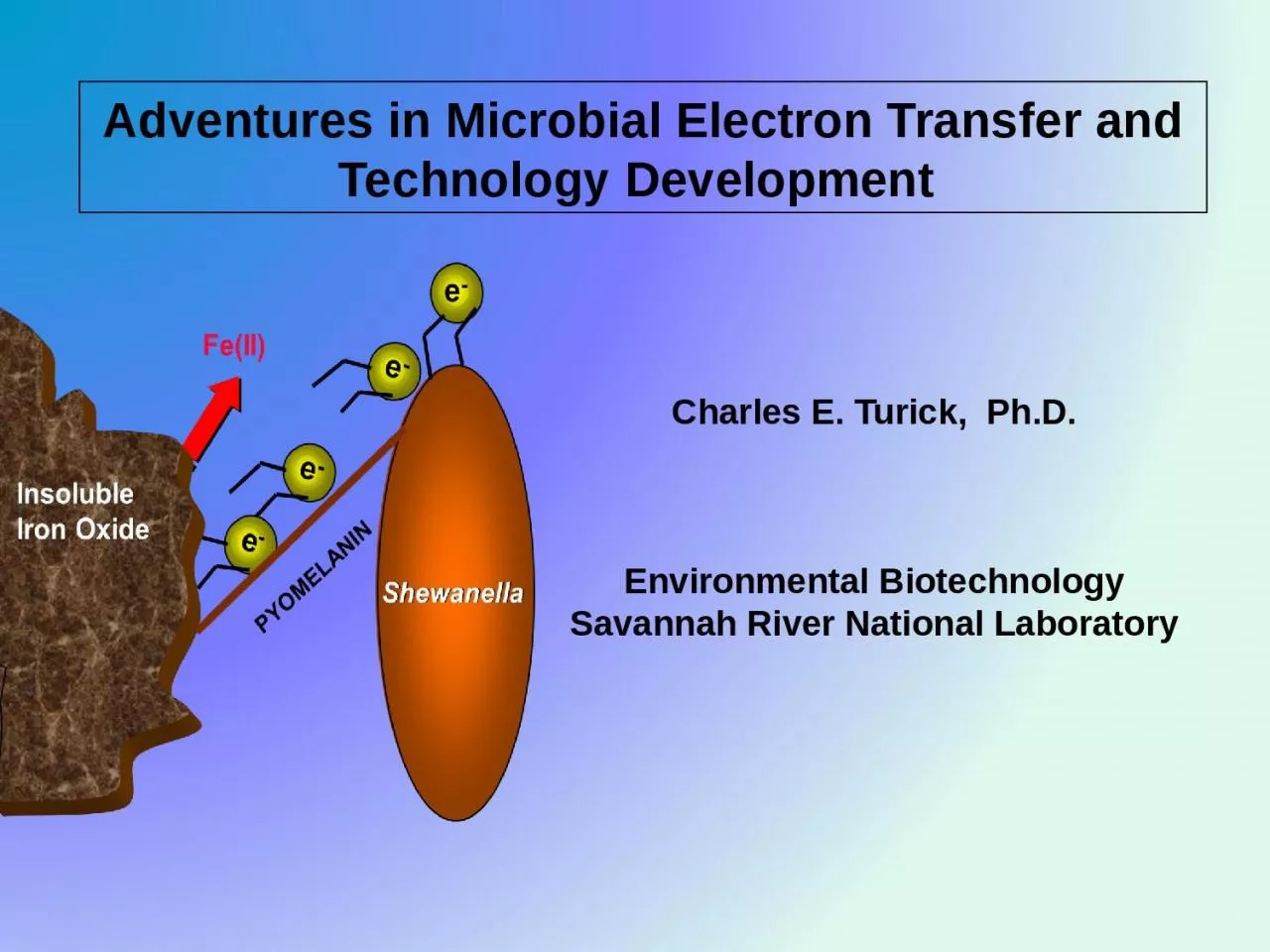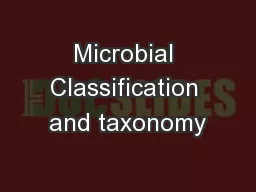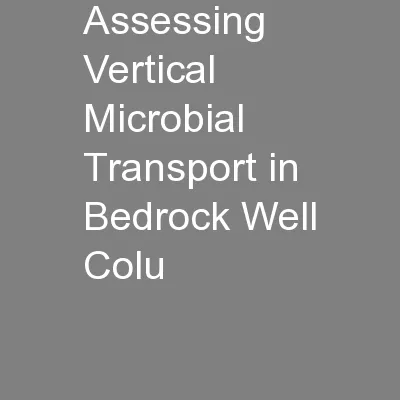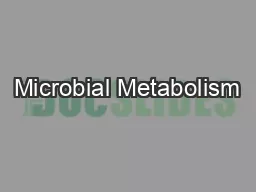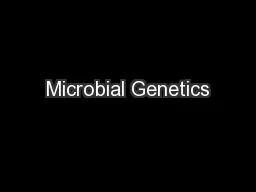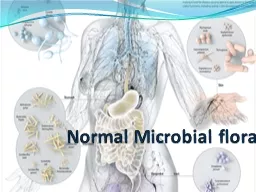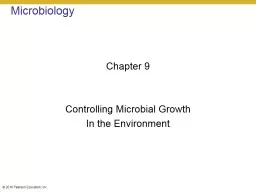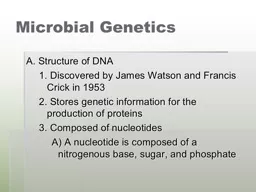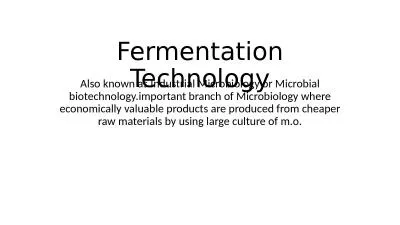PPT-Adventures in Microbial Electron Transfer and Technology Development
Author : Hulksmash | Published Date : 2022-08-01
Charles E Turick PhD Environmental Biotechnology Savannah River National Laboratory Fundamental Science Progress to Technology Development Physiology Microbial
Presentation Embed Code
Download Presentation
Download Presentation The PPT/PDF document "Adventures in Microbial Electron Transfe..." is the property of its rightful owner. Permission is granted to download and print the materials on this website for personal, non-commercial use only, and to display it on your personal computer provided you do not modify the materials and that you retain all copyright notices contained in the materials. By downloading content from our website, you accept the terms of this agreement.
Adventures in Microbial Electron Transfer and Technology Development: Transcript
Download Rules Of Document
"Adventures in Microbial Electron Transfer and Technology Development"The content belongs to its owner. You may download and print it for personal use, without modification, and keep all copyright notices. By downloading, you agree to these terms.
Related Documents

